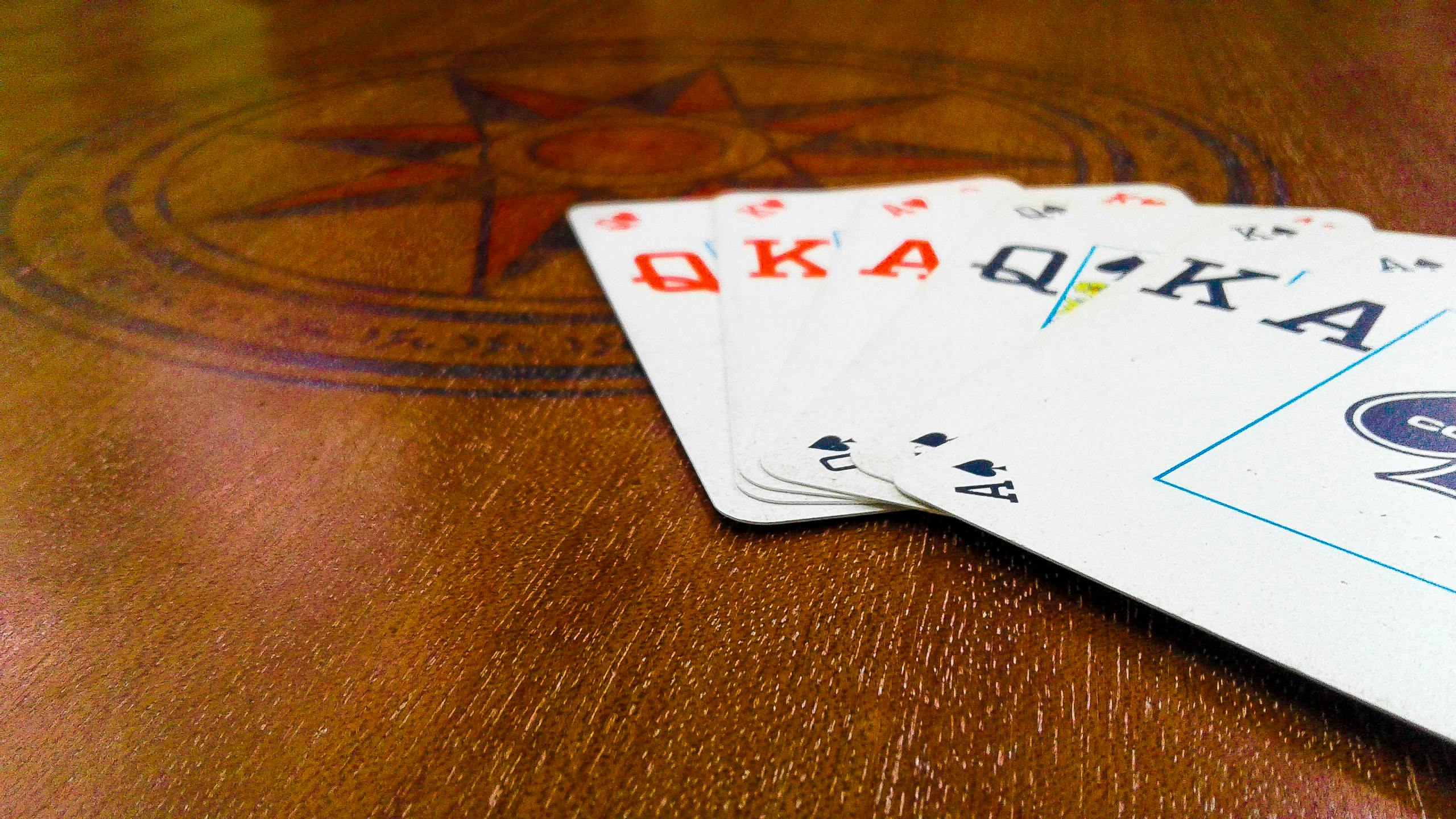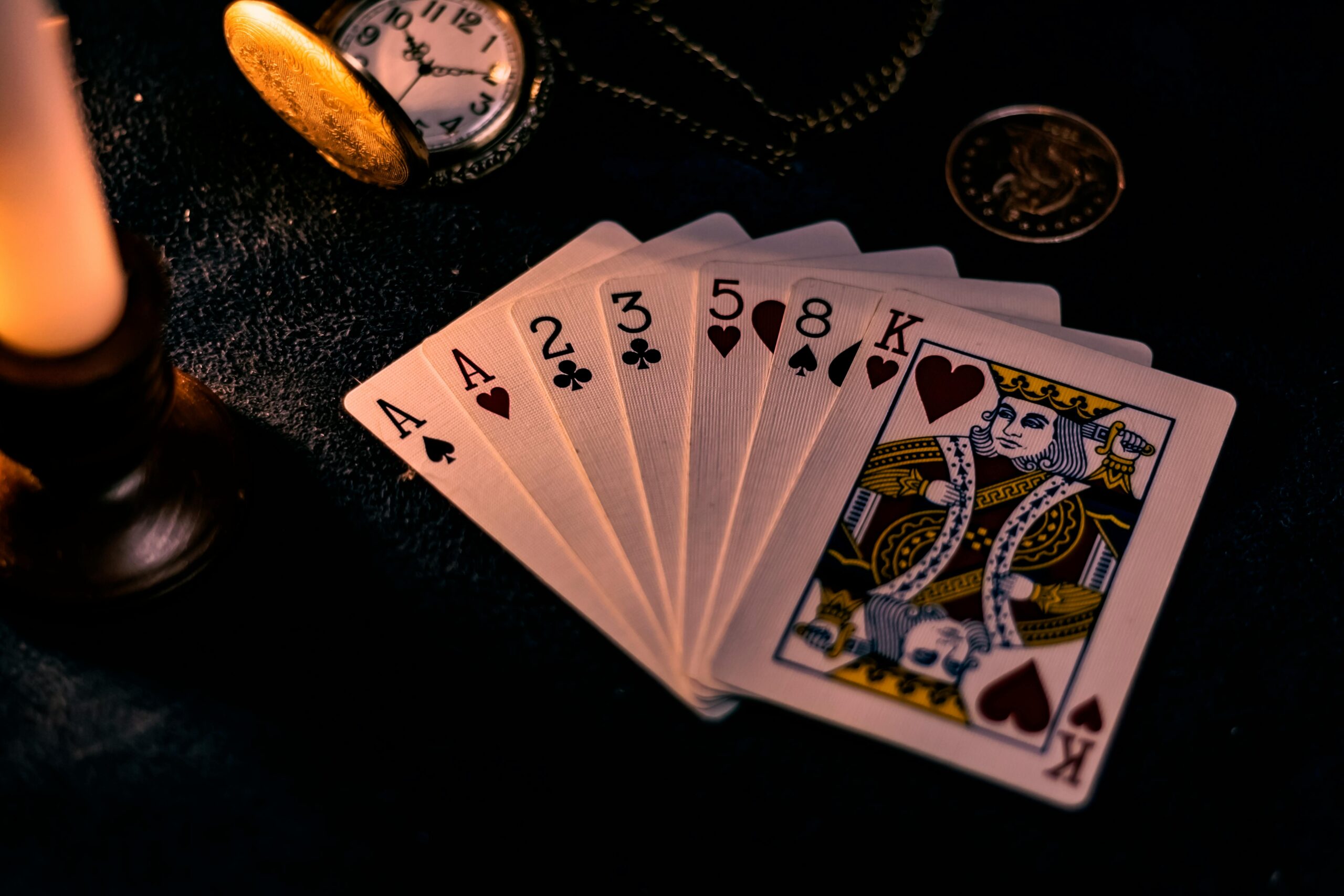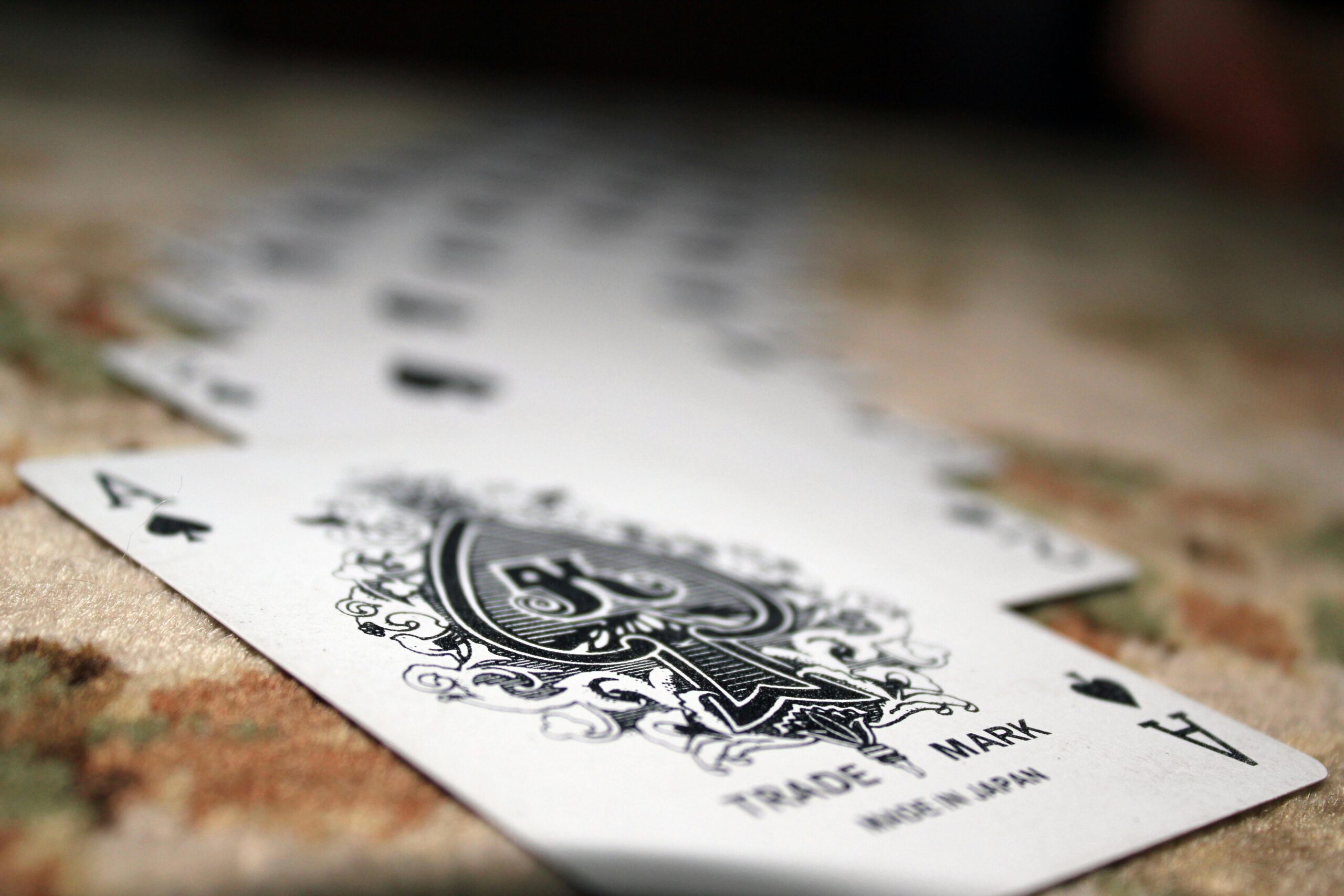Welcome to the ultimate guide on Tarot, not only as a method for divination but as an engaging card game that has fascinated people for centuries. This guide will dive into the depths of playing Tarot as a game, unraveling its rules, strategies, and the joy it brings to countless enthusiasts. Whether you’re new to Tarot or looking for ways to enhance your gameplay, this guide is your go-to resource.
Understanding the Basics of Tarot
Tarot games are among the oldest forms of card playing in the world. Unlike the more commonly known use of tarot cards for fortune-telling, Tarot card games focus on strategy, skill, and sometimes a touch of luck. The Tarot deck consists of 78 cards, divided into the Major Arcana (22 special cards) and the Minor Arcana (56 suit cards).
The Structure of a Tarot Deck
- Major Arcana: Unique cards with specific images and titles, such as The Fool, The Magician, and The Lovers.
- Minor Arcana: Divided into four suits (Cups, Swords, Wands, and Coins or Pentacles), each with 14 cards (King, Queen, Knight, Page, and ten numbered cards).
Rules of Playing Tarot Card Game
The objectives and rules can vary vastly depending on the specific version of the Tarot game being played. However, most versions involve players trying to win individual tricks or fulfill a contract (a commitment to win a certain number of tricks).
Basic Gameplay Steps
- Shuffling and dealing: All cards are shuffled and dealt among the players.
- Bidding phase: Players bid for the right to choose the contract.
- Card play: Starting with the player who won the bidding, cards are played to win tricks.
- Scoring: Points are calculated based on the tricks won and the contract.
Variations of Tarot Games
Tarot games vary significantly from one country to another, with variations like French Tarot, Austrian Königrufen, and Italian Tarocchini. Each of these games has its own set of rules and strategies, making the world of Tarot games rich and diverse.
Strategies for Winning Tarot Games
Success in Tarot games often comes down to strategic planning, understanding the significance of each card, and predicting opponents’ moves. Here are a few tips:
- Get familiar with the cards: Knowing the value and role of each card is crucial.
- Watch the trump cards: These cards are powerful, so use them wisely.
- Remember what’s been played: Keeping track of which cards have been played can give you a strategic advantage.
Conclusion
Whether you’re gathering with friends for a casual game night or looking to dive deeper into the strategic intricacies of Tarot, understanding the rules and nuances of this ancient card game can bring hours of enjoyment and mental stimulation. With its intricate artwork, rich history, and strategic gameplay, Tarot stands as a unique blend of art, culture, and intellectual challenge. Embrace the complexity, develop your strategies, and may the cards be ever in your favor!








